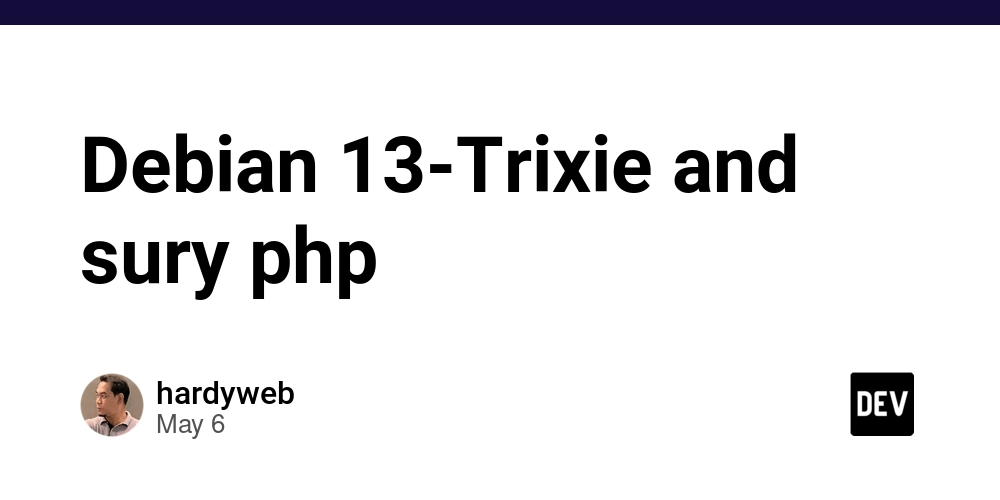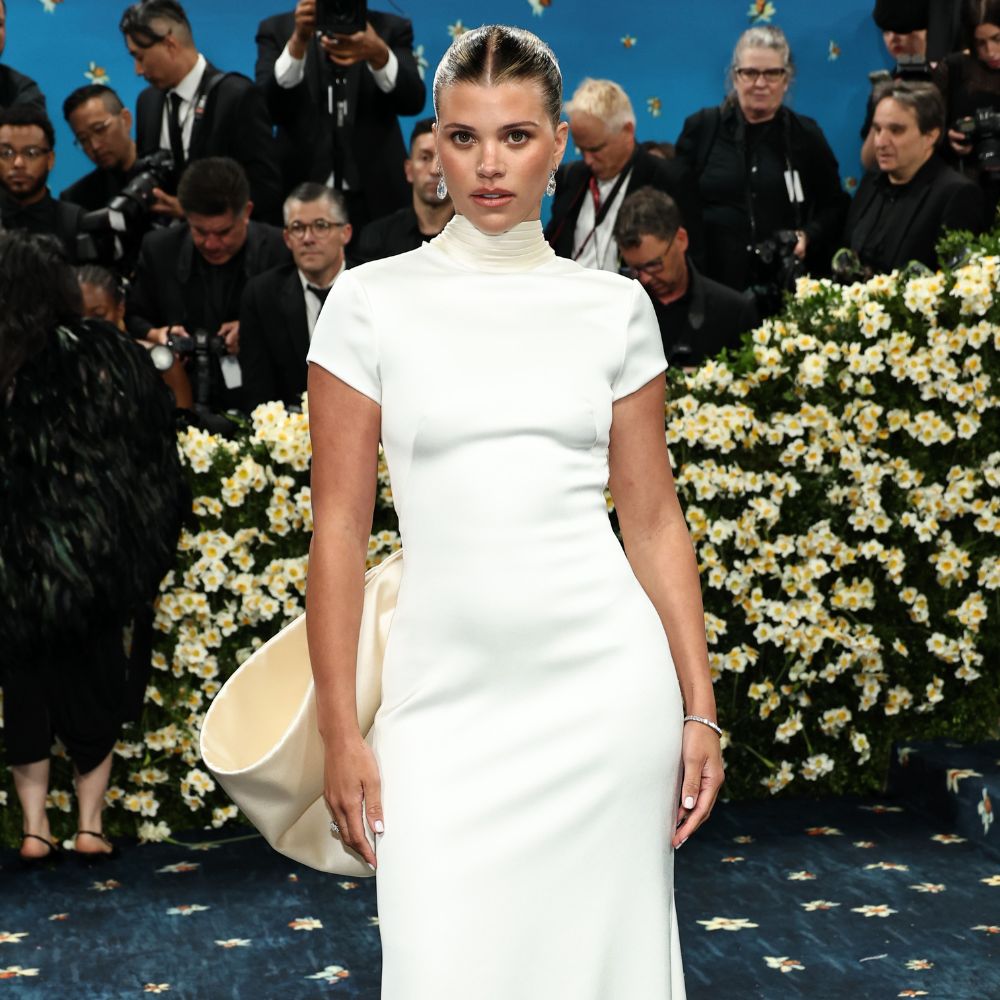The 2025 TCM Classic Film Festival
A report from the 2025 TCM Classic Film Festival.
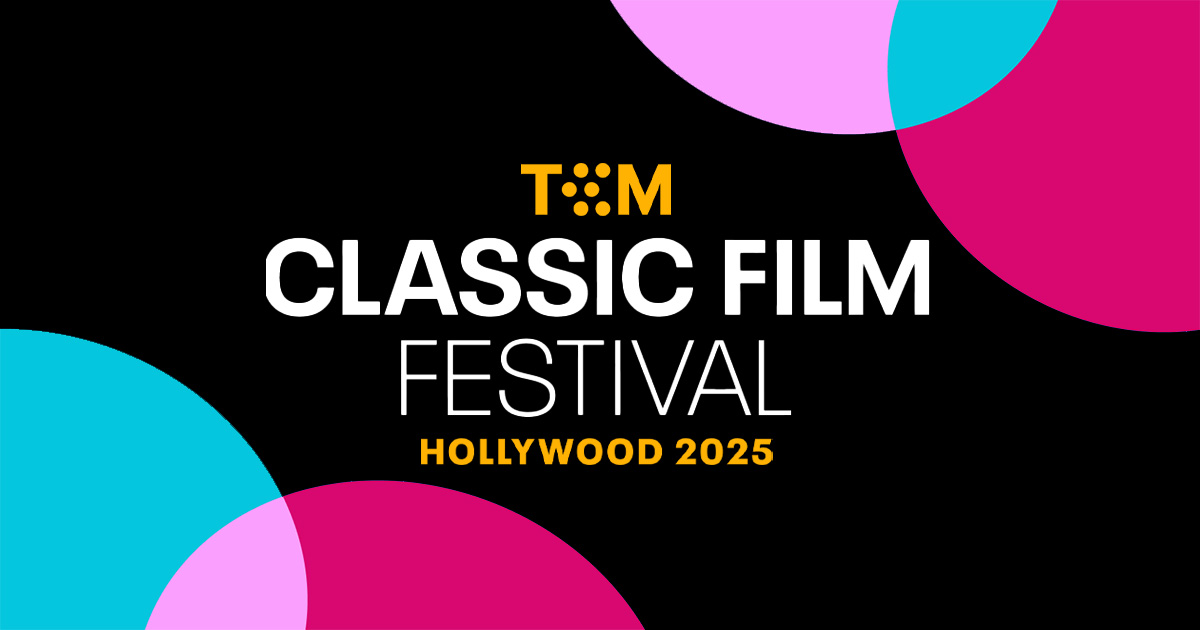
With more than 100 screenings and events, panels, book signings and special presentations, the 16th annual Turner Classic Film Festival unspooled April 24-27 at the historic TCL Chinese Theatre complex, the Egyptian, El Captain and the Hollywood Roosevelt Hotel.
“Grand Illusions: Fantastic Worlds on Film,” this year’s theme, pulled together titles from across many cinematic universes, such as the silents “Beau Geste” (1926) and “The Freshman” (1925), the paradises lost of “The Enchanted Cottage” (1945) and “Brigadoon” (1954), the historical epic “Ben-Hur” (1959), the mid-century sci-fi of “Fantastic Journey” (1966) and “2001: A Space Odyssey” (1968), the dystopian realms of “Colossus: The Forbin Project” (1970) and “Blade Runner” (1982), and the franchise blockbusters “The Empire Strikes Back” (1980) and “Back to the Future” (1985).
Guides to these cinematic adventures were TCM hosts Ben Mankiewicz, Alicia Malone, Eddie Muller, Jacqueline Stewart and Dave Karger, who introduced films and served as emcees throughout. In reminding festivalgoers of the importance of TCM, TCMFF and similar institutions, Mankiewicz said, “This is my favorite week of the year. It’s a reminder of why we take this job seriously, because we know it matters so much to you.”
This year’s honorees consisted of producer-director George Stevens Jr., recipient of the annual Robert Osborne Award (named for TCM’s founding host), director Michael Schultz and actress Michelle Pfeiffer (who received a handprint ceremony Saturday in the forecourt of the TCL Chinese).
Along with Pfeiffer, other Hollywood A-listers out in force were directors George Lucas (appearing with the opening-night film “The Empire Strikes Back” [1982]), Joe Dante, Guillermo del Toro, Ernest Dickerson, Antoine Fuqua, Michael Mann, Bill Morrison, Aaron Sorkin and Robert Townsend; cinematographers Lol Crawley (this year’s Oscar winner for “The Brutalist”) and Dean Cundey, and the Oscar-winning duo of sound designer Ben Burtt and visual-effects supervisor Craig Barron.
Also appearing were actors Kathy Bates, Barry Bostwick, Eric Braeden, Keith Carradine, George Chakiris, Barrie Chase, James Cromwell, Zooey Deschanel, Keir Dullea, Dakota and Elle Fanning, Lorraine Gary, Al Pacino and Sean Young.
Joining them were the children, grandchildren and relatives of directors and classic stars such as Cary Grant, Harold Lloyd, Groucho Marx, Natalie Wood and David Wyler, to help preserve the legacies of their respective forebears.
As usual, friends of TCM, such as author Jeremy Arnold, retired actress-professor Diane Baker, film historians Donald Bogle, Randy Haberkamp and Leonard Maltin, actor-comedians Mario Cantone and Patton Oswalt, Bruce Goldstein (artistic director of New York’s Film Forum) and “Jeopardy!” host Ken Jennings introduced festival screenings to support their passion for cinema.
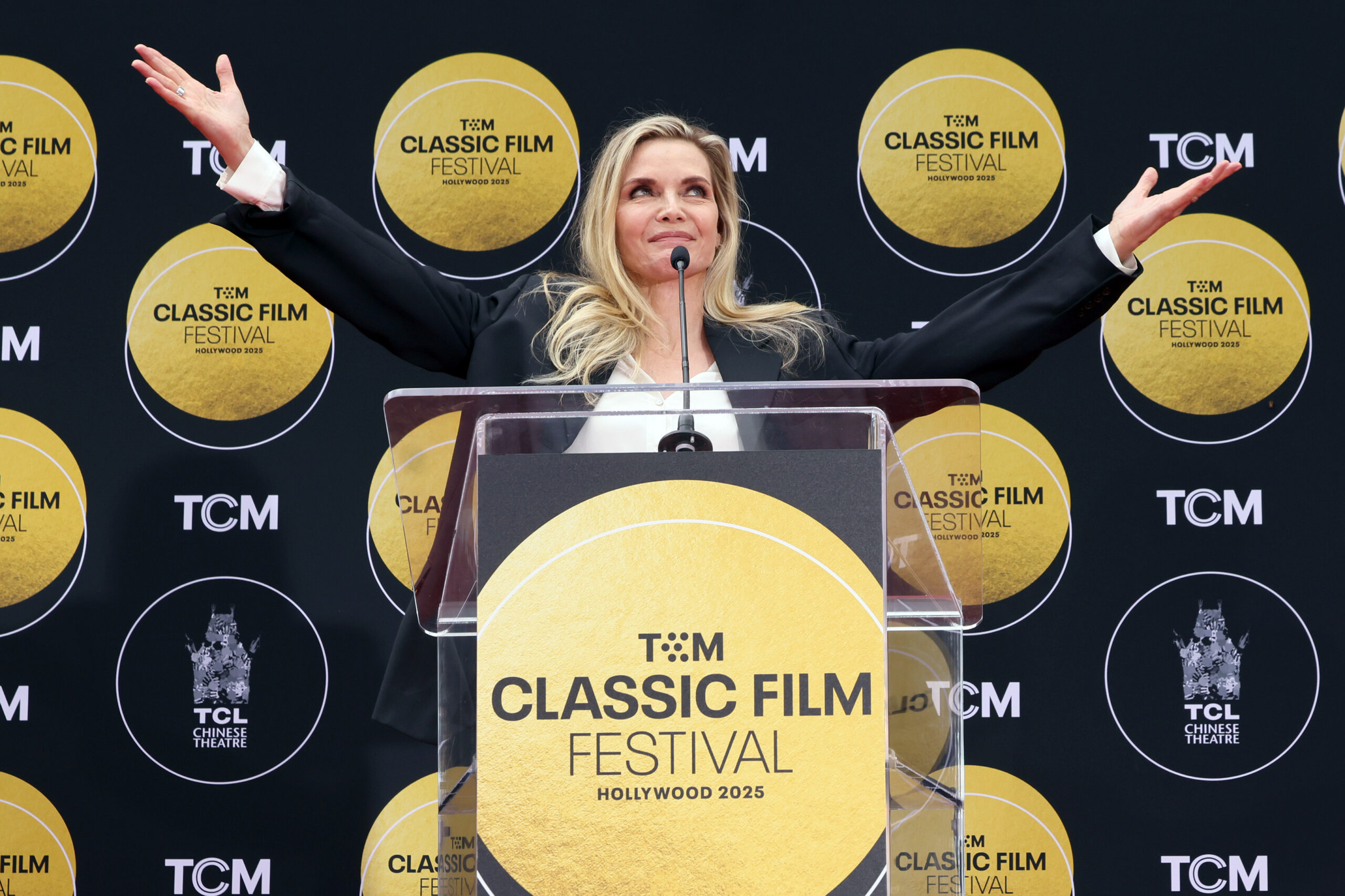
Restorations galore: The festival rolls out restorations every year but topped itself this time with world-premiere 4K restorations of “The Big Combo” (1955), “Hud” (1963), “The Enchanted Cottage” (1945), “Splendor in the Grass” (1961), “Thunderball” (1965) and “The Wiz” (1978). Plus, the festival presented the U.S. premiere restorations of “Talk of the Town” (1942) and the silent version of “Beau Geste” (1926).
Discoveries: As usual, festival programmers unearthed several titles from cinema obscurity, such as “Moonlight and Pretzels” (1933), “Servants’ Entrance” (1934) and “The Preview Murder Mystery” (1936), with the latter never released on home video and previously shown only once on TCM.
Salute to VistaVision: Introduced by Paramount Pictures in 1954, this wide-screen format was designed to compete with Fox’s CinemaScope.
As part of its quest to screen films in all formats, TCM staffers rounded up the six remaining VistaVision projectors and aided by Boston Light and Magic, they “Frankenstein-ed” a rehabbed one into existence. This year’s festival featured two VistaVision prints, “We’re No Angels” (1955) and “Gunfight at the O.K. Corral” (1957), and a special presentation devoted to VistaVision at Club TCM in the Roosevelt.
Unlike the standard practice of shooting on 35mm film, in which the film runs vertically through the camera, VistaVision positions the negative horizontally, exposing each frame across two standard 35mm frames. This larger negative area results in remarkable sharpness, finer detail and reduced grain, which makes VistaVision one of the highest-quality film formats ever developed.
In the last few years, VistaVision has come back into focus with the release of new films shot in the format — “The Brutalist” (2024) and upcoming “One Battle After Another” by Paul Thomas Anderson.
And now, here are some moments that made my festival highlights reel:
“Hud”: The first revisionist Western? Actor Keith Carradine introduced Martin Ritt’s 1963 film, shown Friday in a world-premiere restoration at the Egyptian, because “I knew Paul Newman [who stars as the anti-hero Hud] a little bit. This was a groundbreaking movie, the first to be dubbed a revisionist Western,” he said, referring to a subgenre that pits the traditional values of classic Westerns against the 20th-century trend of anti-establishment attitudes.
A Texas ranching family strains at its seams as it confronts an outbreak of deadly hoof-and-mouth disease. Hud (Paul Newman), “a man with a barbed wire soul,” squabbles with his crusty father, Homer Bannon (Melvyn Douglas, who won a supporting actor Oscar for this role), over how to deal with the crisis. Selfish and amoral, Hud sees no reason to destroy the family’s cattle, as state inspectors dictate.
Observing from the sidelines are Lonnie (Brandon de Wilde), Hud’s teenage nephew, who initially sides with Hud, whom he idolizes, and their housekeeper, the emotionally bruised Alma (Patricia Neal, winner of the best actress Oscar for her portrayal), who just wants to get out alive.
Shot mostly on location in Claude, near Amarillo in the Texas panhandle, “Hud” brought a second Oscar for black-and-white cinematography to James Wong Howe, who masterfully captures the starkness and desolation of west Texas. In an archival interview with the American Cinematographer magazine, Howe discussed how the locale provided many challenges. “It is true that that part of Texas is flat as a pancake, with not a tree in sight — and this is enough to discourage any cameraman,” he said. “We took advantage of the barren land and made it pictorial.”
“Hud” remains especially resonant with the advent of the MAGA movement. “Little by little the look of the country changes because of the men we admire,” Homer tells Lonnie. “You’re just going to have to make up your own mind one day about what’s right and what’s wrong.”
“Servants’ Entrance” (1934): This rarity from Fox is notable for an animated sequence produced by Disney (which coincidentally would acquire Fox nearly 75 years later). Based on a novel by Norwegian author Sigrid Boo, the movie is set in Sweden, with a mostly American cast, led by Janet Gaynor and Lew Ayres; there was lots of grumbling Friday on the way out of the Egyptian about the film’s un-Scandinavian accents and its totally Hollywood ambience.
“The Enchanted Cottage” (1945): This world-premiere restoration (screened Friday at TCL #6) was hosted by actor James Cromwell (of “Babe,” also shown at TCMFF this year), whose father John Cromwell directed it. “My dad was most fond of this movie,” said Cromwell, who admitted that when he was younger, he didn’t watch his father’s films, in an expression of youthful indifference.
Though his dad was regarded as “a gentlemanly director,” his son recalled he didn’t think his films were that good and wasn’t happy making them. Eventually, the Red Scare fury sidelined the director when actor Adolphe Menjou (a notorious right-winger) called the elder Cromwell “the world’s biggest communist” because he had hosted a reception for visiting Russian artists. As a result, the director didn’t make a film from 1952 to 1958.
“The Enchanted Cottage” remains of one Cromwell’s best, the story of two wounded souls, a shy maid (Janet Gaynor) and a battle-scarred soldier (Robert Young) who find love and redemption after living in the residence of the title. Robert Young called it “the best film [he] was ever involved with,” Cromwell said.
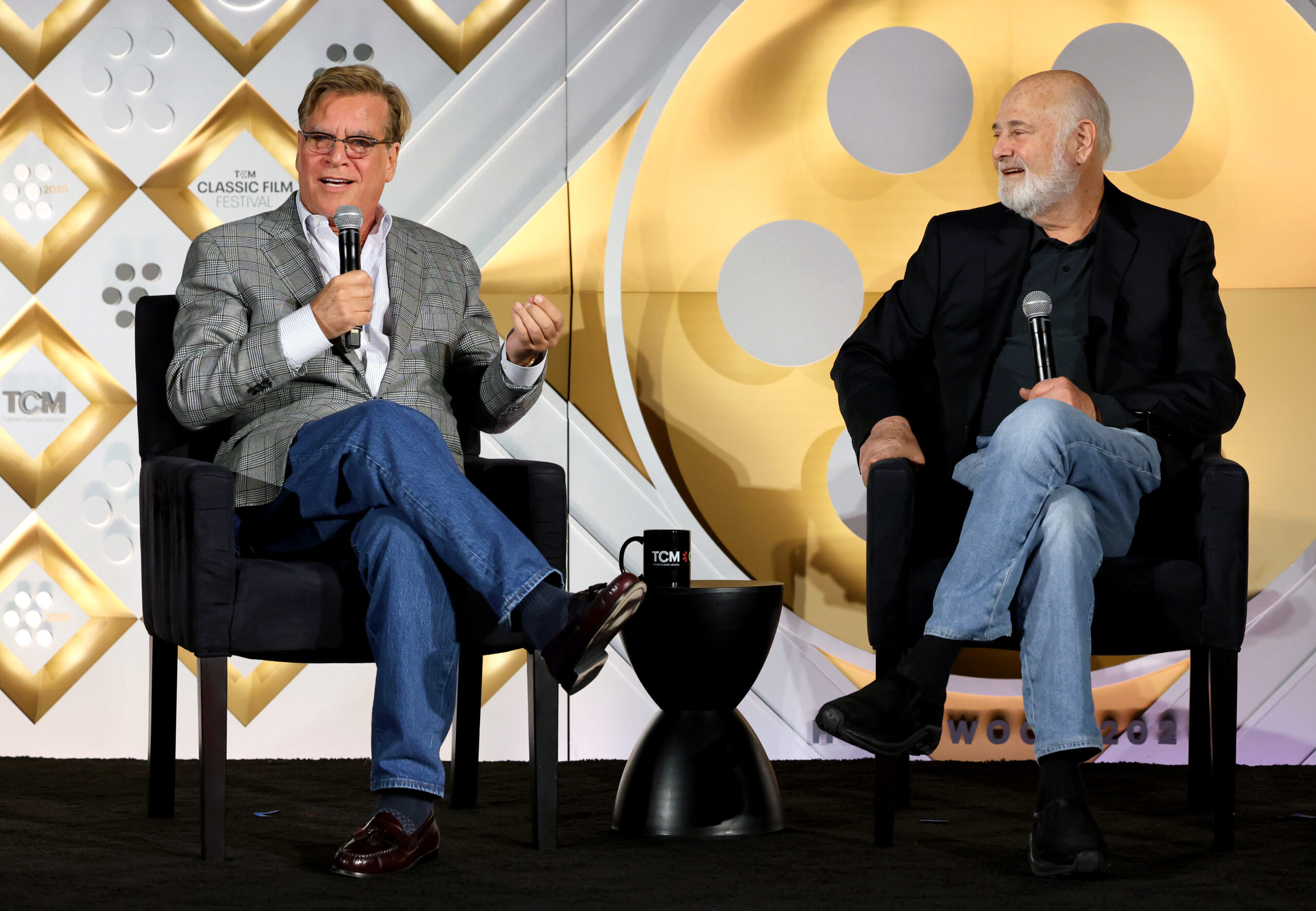
“The American President” (1995): Director Rob Reiner and writer Aaron Sorkin introduced a 30th anniversary screening of this comedy about a widowed chief executive who becomes romantically involved with a lobbyist (Annette Bening). Robert Redford’s Wildwood Productions co-produced the film, and Redford was originally cast in the lead, but he decided to pass, because he had already made the politically themed “The Candidate” (1972), “Three Days of the Condor” (1975) and “All the President’s Men” (1976).
To replace him, Reiner narrowed the choices down to two people: Michael Douglas and Warren Beatty. Reiner went with Douglas, since Beatty was married to Bening, and “nobody wants to see [him] fall in love with [his] wife in a movie.”
TCM’s Ben Mankiewicz, who conducted the Q&A, noted that “The American President” “holds up over time but that said, now seems a little quaint,” given the film’s plot thread about family values and how presidential politics have evolved since then. “Once the president starts dating the lobbyist, he’s perceived as a playboy,” Mankiewicz said.
But the film’s themes about the importance of public service and the preservation of democracy are especially resonant nowadays. “Boy, do we need to remember what the president should aspire to be,” Reiner said. “Trump is a criminal, a racist and a rapist. But he’s a TV star and has charisma,” so people give him a pass. “Hopefully he doesn’t wreck the country in the process.”
“The Big Combo” (1955): “Welcome to what I like to call ‘Noir Alley Live’ in the Church of Noir” is how TCM host (and host-producer of TCM’s weekly “Noir Alley” showcase) Eddie Muller greeted a packed crowd at TCL #1 for a 9 a.m. screening of a world-premiere restoration of Joseph H. Lewis influential noir. Joining Muller to discuss the work of John Alton, the DP on “The Big Combo,” was director-cinematographer Ernest Dickerson. As for what makes Alton so great, Dickerson said, “His book Painting with Light explains it all. He was regarded as the No. 1 noir cinematographer, a master of black-and-white film. The irony is that he won his only Oscar for a color movie, ‘An American in Paris.’ ”
Muller noted that 1955 was “a watershed year for noir. This film and ‘Kiss Me Deadly’ took film noir in a whole other direction,” he said. “And that influence continues until today.”
Dickerson pointed out that “Alton accomplished so much, without resources and few lights.” Though Alton might have died broke, “his legacy stands tall. He’s the man.”
“The Talk of the Town” (1942): George Stevens Jr., son of the pioneering George Stevens, who directed this movie, introduced the film, which he called “funny and philosophical,” before its U.S. premiere restoration screening Sunday at TCL No. 1. A potential Supreme Court nominee (Ronald Colman) becomes entangled in an arson/murder case when the summer place he’s rented becomes a hideout for Leopold Dilg (Cary Grant), a suspect in the crimes. The plot thickens when a housekeeper (Jean Arthur) becomes torn between the Colman and Grant characters. “My dad loved Jean and made three films with her,” his son said.
Stevens Sr. started out at the Roach Studios, where the Laurel and Hardy films were made. “A Stan Laurel comedy could be graceful and human,” Stevens Jr. said and added that those values were guiding principles for his father.
The topics in this film are “more resonant than ever,” Stevens Jr. said. “The main theme is due process of law, reflected in many of Colman’s lines such as ‘every day we have to defend democracy.’ ”
Earlier in the festival, Stevens Jr. received the Robert Osborne Award, which honors an individual who has helped to keep the cultural heritage of classic film alive for future generations. “Robert Osborne was a friend. I’m a big fan of his legacy as the Walter Cronkite of TCM,” Stevens Jr. said.
“Heat” (1995): Writer-director Michael Mann celebrated the 30th anniversary of his gritty heist thriller with a closing-night screening at the TCL IMAX. Joining him was one of the film’s stars, Al Pacino, who marked his own 85th birth anniversary two days earlier on April 25.
Originally, Mann was just going to produce “Heat,” his epic story of cops and robbers; but he decided he couldn’t pass up the chance to direct a summit of two of contemporary film’s greatest actors, Al Pacino and Robert DeNiro. “Both are masters of cadence,” Mann said.
“I knew DeNiro well before we made ‘The Godfather Part II,’ but we were never really in a scene together. I wanted a chance to work with him,” Pacino said. “And when you work with great directors like Michael Mann, you feel like you have a net under you. You feel protected.”
Mann confirmed that “Heat 2,” a sequel and prequel, set before and after the ill-fated bank heist of the original movie, is in the works. Adam Driver is in talks to portray a younger Neil McCauley (DeNiro’s character in the original).
Before the Q&A with Mann and Pacino, TCM’s Ben Mankiewicz gave a valedictory of sorts. “After four days of watching movies on the big screen, seeing movies at home won’t be the same,” he said. “It has been a sensational festival, but it’s nothing without all of you.”
A favorite moment for him was spotting two festival attendees in T-shirts featuring British character actor Eric Blore. “Moments like that,” he said, “are what make this festival so special.”




















